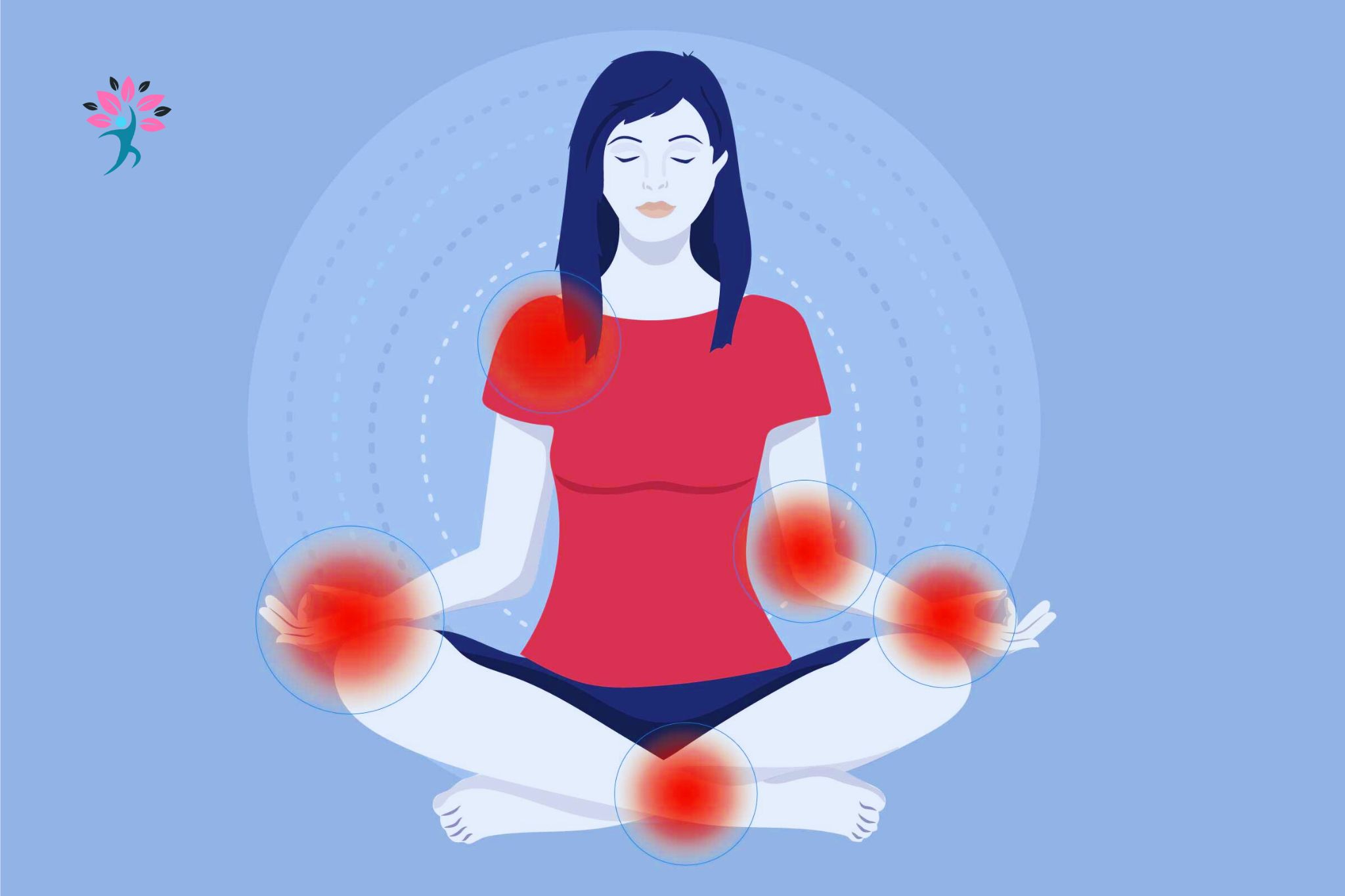In today’s fast-paced world, stress and chronic pain have become common concerns for many individuals. While medical treatments are essential, holistic approaches like mindfulness can significantly aid in pain management. But how exactly does mindfulness help reduce pain? In this article, we delve into the scientific mechanisms behind mindfulness and pain reduction, its benefits, and practical techniques to incorporate into daily life.
Understanding Mindfulness: A Gateway to Pain Relief
Mindfulness is the practice of being fully present and engaged in the moment without judgment. It involves focusing on sensations, emotions, and thoughts without trying to suppress or control them. Research has shown that mindfulness can have profound effects on mental and physical well-being, including pain relief.
How Does Mindfulness Affect Pain Perception?
Pain is both a sensory and emotional experience. The brain plays a crucial role in how we perceive and react to pain. Here’s how mindfulness alters pain perception:
- Modulation of Pain Signals: Mindfulness meditation activates the brain’s prefrontal cortex, which regulates pain signals and reduces the intensity of pain.
- Reduction of Stress Hormones: Chronic stress exacerbates pain by increasing cortisol levels. Mindfulness helps lower stress, leading to reduced pain sensitivity. Learn more about how stress affects pain.
- Increased Endorphin Release: Practicing mindfulness enhances the release of natural painkillers like endorphins, providing relief.
- Improved Emotional Regulation: Mindfulness reduces the emotional distress associated with pain, making it easier to cope with discomfort.
Scientific Studies on Mindfulness and Pain Reduction
Several studies support the effectiveness of mindfulness for pain relief:
- A study published in JAMA Internal Medicine found that mindfulness meditation reduced chronic pain intensity and improved the quality of life in participants with back pain. Check out natural ways to manage back pain.
- Harvard Medical School research indicates that mindfulness meditation alters brain activity, decreasing pain-related responses.
- A 2020 study in PAIN Journal revealed that mindfulness-based stress reduction (MBSR) significantly alleviates pain in fibromyalgia patients.
These findings highlight the strong scientific backing behind mindfulness as a complementary therapy for pain management.
Practical Mindfulness Techniques for Pain Management
If you’re dealing with chronic pain, incorporating mindfulness into your daily routine can help. Here are some proven mindfulness techniques:
1. Body Scan Meditation
This practice involves mentally scanning different parts of the body and observing sensations without judgment. It helps increase awareness and reduces tension-related pain.
How to Practice:
- Find a quiet space and lie down.
- Close your eyes and focus on your breath.
- Gradually bring attention to different parts of your body, noticing any sensations.
- Accept the feelings without trying to change them.
2. Mindful Breathing
Conscious breathing helps calm the nervous system and reduce pain perception.
Steps:
- Sit in a comfortable position.
- Inhale deeply through your nose, hold for a few seconds, and exhale slowly.
- Focus entirely on your breath, bringing your mind back whenever it wanders.
3. Loving-Kindness Meditation (Metta Meditation)
Pain often leads to frustration and negativity. Loving-kindness meditation fosters self-compassion, reducing emotional suffering linked to chronic pain.
How to Practice:
- Close your eyes and take deep breaths.
- Silently repeat positive affirmations like “May I be free from pain and suffering.”
- Extend these wishes to others, fostering a sense of connection and well-being.
4. Mindful Movement (Yoga and Tai Chi)
Gentle movements like yoga and Tai Chi combine mindfulness with physical activity, enhancing flexibility and reducing pain levels. Explore the best sleeping positions for chronic pain to complement your mindfulness practice.
Benefits:
- Improves posture and reduces muscle stiffness.
- Enhances relaxation by promoting deep breathing.
- Strengthens the mind-body connection.
Additional Benefits of Mindfulness Beyond Pain Reduction

Mindfulness offers more than just pain relief; it enhances overall well-being:
- Reduces Anxiety and Depression: Chronic pain often leads to emotional distress. Mindfulness helps regulate mood.
- Enhances Sleep Quality: Pain can disrupt sleep. Mindfulness promotes relaxation, leading to better rest.
- Boosts Immune Function: Reduced stress strengthens the immune system, helping the body heal.
How to Incorporate Mindfulness into Daily Life
Practicing mindfulness doesn’t require a major time commitment. Here’s how you can integrate it seamlessly into your routine:
- Start with 5-minute sessions and gradually increase duration.
- Use mindfulness apps like Headspace or Calm for guided meditation.
- Practice mindful eating by savoring each bite and focusing on flavors.
- Take mindful breaks at work to reset your mind.
- Engage in mindful walking, paying attention to each step and breath.
Conclusion
The connection between mindfulness and pain reduction is well-established through scientific research. By training the brain to respond differently to pain signals, mindfulness provides a natural and effective way to manage chronic pain. Whether you practice meditation, mindful breathing, or yoga, incorporating mindfulness into your lifestyle can lead to long-term pain relief and enhanced well-being.
For additional alternative pain relief methods, consider acupuncture for pain relief as a complementary approach.
Are you ready to explore the benefits of mindfulness for pain relief? Start today and experience the transformation for yourself!
For more physical self-care tips and holistic wellness insights, visit https://venzec.icu/.









